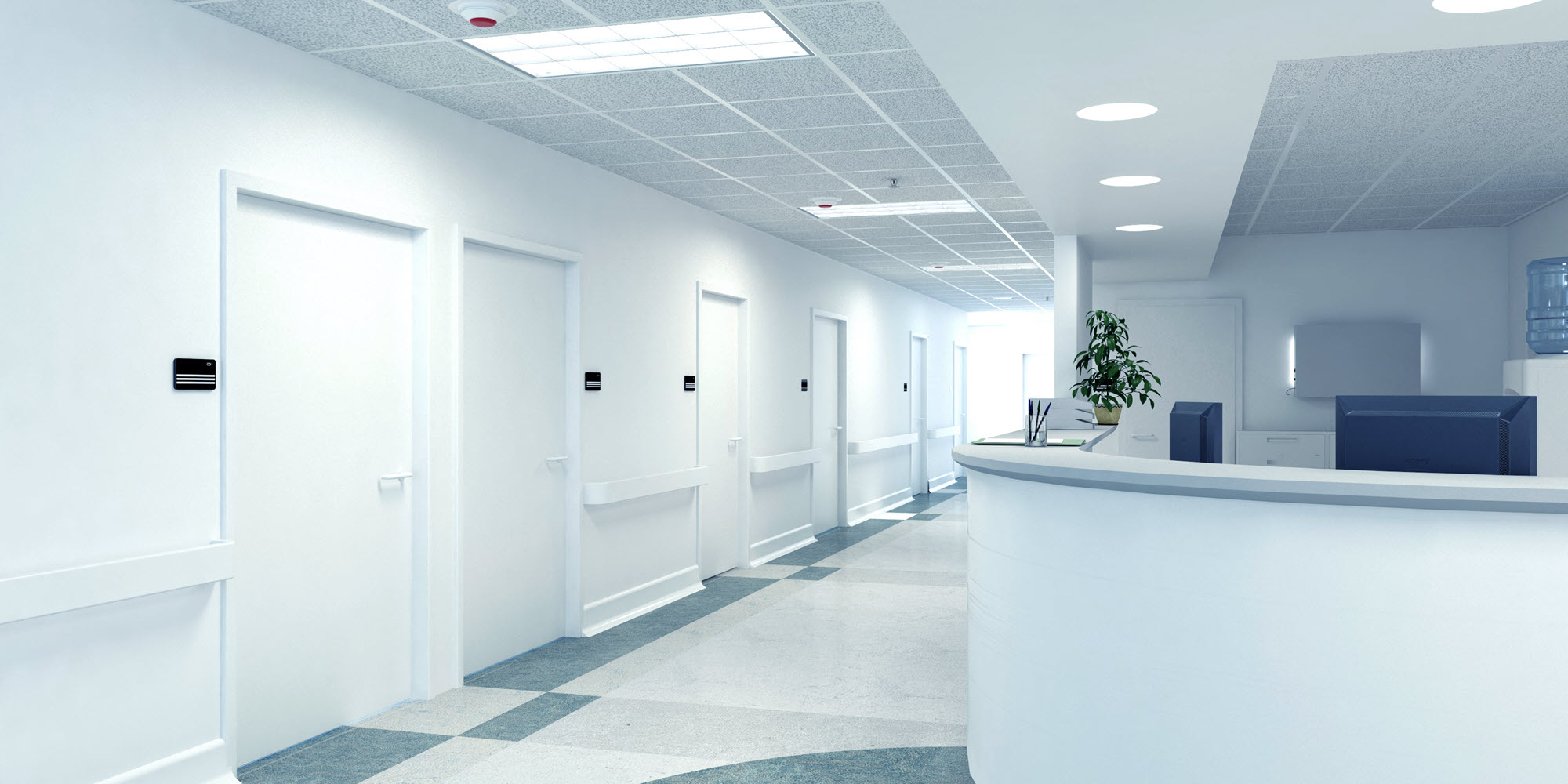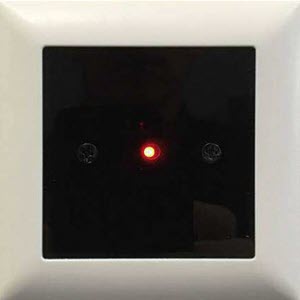Hospital entrance doors play a pivotal role in maintaining the hygiene and safety of healthcare environments. As the primary gateway where countless individuals – from medical staff to patients and visitors – pass through daily, hospital doors are not merely physical barriers but are instrumental in controlling the spread of contaminants.
In this blog post, we will delve into the specific designs and functionalities of sliding doors and other healthcare doors used in hospitals. Hygienic automatic doors, through advanced technologies and stringent operational protocols, significantly lower the risk of contamination in healthcare facilities.
Infection control in healthcare environments
The arrival of COVID-19 has taught us many things – not the least of which is the need to exercise more caution when it comes to modes of disease transmission.
Indeed, infectious diseases have always been around, with some of them surging seasonally as in the case of poliomyelitis, measles and flu. However, the high mortality rate attributed to the new coronavirus has forced health experts and scientists to reassess how we have been living with various microbes in our surroundings.
In healthcare settings where the possibility of disease transmission is high, hospital and clinical personnel follow strict protocols to minimise the spread of infection. These measures include following prescribed assessment and treatment procedures, the proper disposal of medical waste, restricting certain sections to authorised personnel, requiring the use of PPEs, and the regular disinfection of instruments, machines and other hospital appliances.
Hospital settings during COVID-19
With the COVID-19 pandemic, healthcare facilities in high-case countries have been constantly overwhelmed by the rise in cases, so the fear of hospital-acquired infections (HAIs) is much higher.
In the United States, where there are now nearly 14 million cases and over 270,000 deaths on record, over 900 medical front liners have succumbed to COVID-19 as of August 2020.
In the UK, places like Wales have reported an increase in hospital transmissions, while a four-month study in England revealed that at least 10% of COVID-19 cases were due to HAIs.
This is why today it is more important than ever to ensure hygiene standards and guidelines are continually being observed to prevent the spread of disease from patients to health workers and other patient rooms.

In Australia, where COVID-19 cases and mortality rates are relatively lower, medical professionals follow the NHMRC issued guidelines.
The guidelines include instructions on the specific clinical management and care of people with suspected or confirmed COVID-19 infection, including procedures to be followed based on the patient’s life stage or age. This, coupled with more ideal medical situations where there is no overcrowding has helped to control the spread of the new coronavirus within hospitals.
Aside from the importance of protecting patients and processes in managing hygiene and reducing intra-hospital disease transmissions, there are also engineering controls in place to control infection.
One of the key aspects of engineered control mechanisms that promote safety in medical centres is healthcare doors. Since healthcare doors function as entrance and exit points, they are considered high-touch areas where disease-causing germs can stay alive for hours or days.
The role of contaminated surfaces in disease transmission
A University of Leeds study back in 2015 revealed that intra-hospital disease transmissions occur when infected patients’ bacteria or viruses end up on surfaces. When uninfected people touch these surfaces, they can get sick themselves or spread the germs to others who are more susceptible to infection.
In the case of the new coronavirus, research has shown that the duration of its viability depends on what type of surface it is left on.
For example, earlier studies showed it can survive for five days on glass and metal surfaces such as jewellery, door hardware and silverware, four days on wooden surfaces, and two to three days on various plastic laminate products.

However, according to a newer study published in the Virology Journal, the new coronavirus can survive on surfaces (e.g. phone screens, paper money and stainless steel) for as long as 28 days. It can also survive much longer at lower (colder) temperatures and on smooth, non-porous surfaces like glass and stainless steel.
Since hospital doors (and commercial automatic doors in general) are usually made of metal and glass, hospital door manufacturers are now offering medical establishments a chance to reduce surface contamination by using automated hospital entrance doors – whether it’s by retrofitting public entrances or installing new corridor doors, toilet doors or any type of hospital door for the healthcare facility.
Touchless automatic doors for better hygiene
To address concerns regarding disease transmission, establishments in Perth and the rest of Western Australia are adopting touchless automatic door technology.
This technology enables people to utilise access points without the need to touch shared surfaces that can get contaminated with bacteria, viruses and other types of germs. Referred to as ‘fomites’ in medical terminology, inanimate objects that can facilitate disease transmission in hospital settings include the door frame, push plates, door handles, doorknobs, keypads, buttons and intercoms.
Now that COVID-19 health protocols continue to ease and more people venture out, it is paramount for public and private institutions to make their spaces safe and hygienic for everyone.

Aside from improving hygiene by eliminating the need to touch a door or knob, touchless automatic doors also provide other benefits, such as:
- Energy efficiency: The automated mechanism of automatic sliding doors ensures the rapid opening and closing of entryways. This helps to maintain a room’s ideal temperature and improves insulation.
- Access control: Depending on the model you choose, hospital doors become seamless entry and exit points, as all you need to do is wave your hand or arm to open them.
- Noise control: Installing door sensor technology effectively eliminates creaking sounds that are produced when opening and closing conventional doors.
The hygiene component of touchless doors, such as revolving doors, is enhanced as airtight seals that work as barriers against different airborne debris, allergens, pollution and odours.
What’s more, even if you have existing hospital swing doors, Go Doors can retrofit your healthcare facility so you can begin enjoying the benefits of door sensor technology. Hospitals using push-button access can be retrofitted with new Go Doors touchless sensors – no matter the hospital door width, too.
Hygienic secure doors from Go Doors
Ensure safety and hygiene are maintained in your hospital or healthcare facility by adopting touchless and secure hospital entrance doors.
Go Doors is the sole Western Australia sales agent of globally renowned RECORD Automatic Doors – the Swiss maker of precision automatic door operators used in toilets for the handicapped, hospitals, shopping malls and international airports. Get in touch with Go Doors today!
